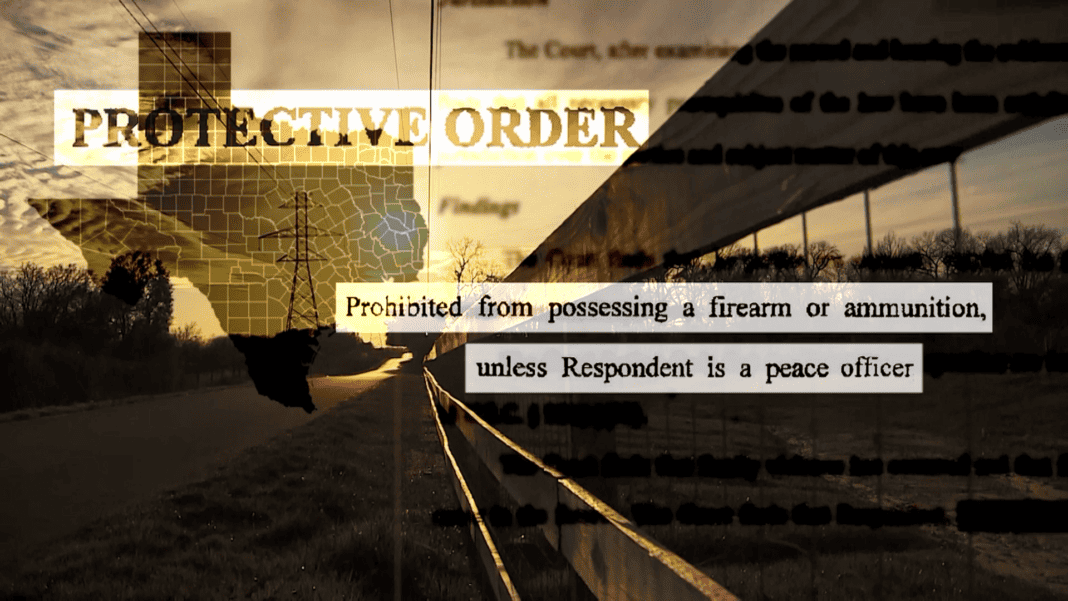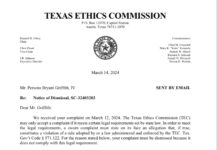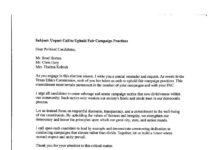The case involves a protective abuse order against a man identified as a Kennedale resident. The protective order was obtained by his former girlfriend and it forbade him from harassing, stalking, or threatening her and from possessing a firearm. The man does have a history of shooting weapon(s) in public and other individuals.
Both State and Federal law in the past has prohibited domestic abusers who are charged with a felony, or misdemeanor or are under a protective order from possessing a gun.
protective orders with restrictions on firearms have been overturned, upheld, and overturned again at the federal level …
The man appealed the order involving his possession of guns on the grounds that he had a constitutional right to possess firearms. He had reason to do so as the issue has become clouded. A U.S. District Judge in Texas signed an opinion said that disarming those under protective orders violates their Second Amendment rights. The Fifth Circuit Court of Appeals in New Orleans initially ruled against that decision and let the protective orders stand.
However, after the United States Supreme Court last year said that the government must justify gun control laws by showing that they are “consistent with the Nation’s historical tradition of firearm regulations”, the New Orleans court withdrew its earlier decision and allowed the lower court ruling to stand in August 2022.
And, in February of this year, the United States Court of Appeals for the 5th Circuit ruled specifically in the Kennedale man’s case and agreed that he could not be prohibited from the possession of firearms based on a protective order. See order
Since then the U.S. Justice Department has asked the Supreme Court to review the issue directly.
Local state court’s protective orders involving gun restrictions are still in effect …
Interestingly, the decision by the New Orleans court currently has no bearing on protective orders issued by local state courts including those in Texas. Those orders are still legal in state courts and must be followed. However, that all could change if the Supreme Court upholds the lower court’s ruling and state laws come under challenge.








































